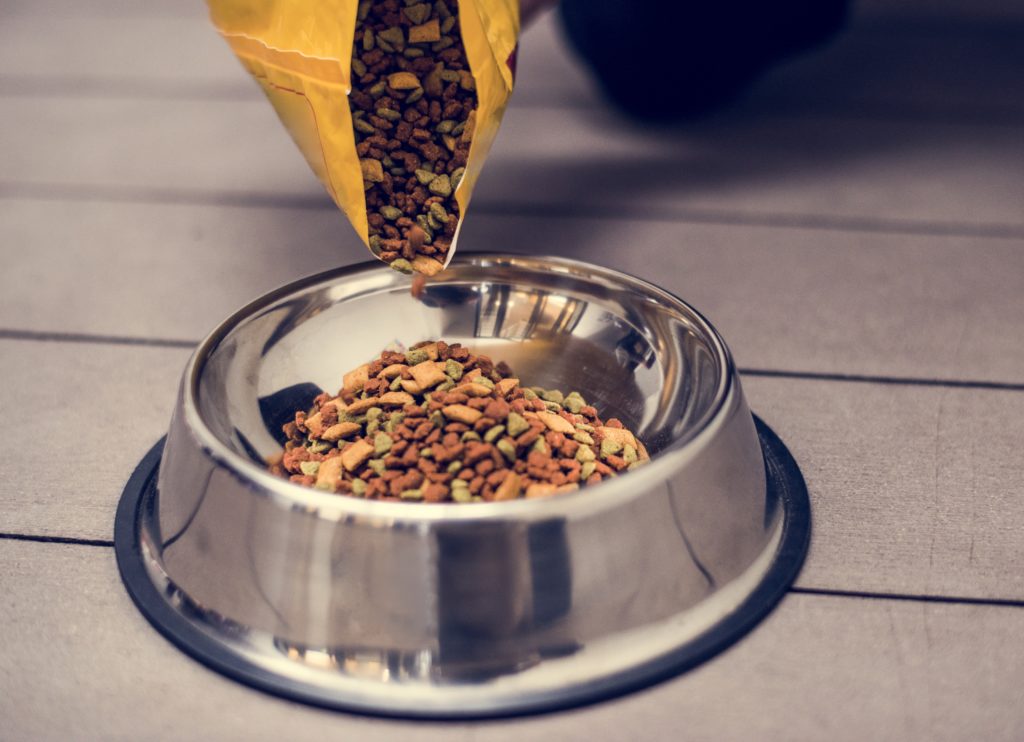The COVID-19 pandemic influenced 47 percent of new dog adoptions, so it’s only logical that big food brands would start making acquisitions of their own. Specifically, meat and poultry brands, along with some “human food” brands, are acquiring pet food businesses. In 2020 alone, there were 27 pet food industry mergers and acquisitions, but recently, one meat and poultry giant ventured into pet food. So, why now?
In June, BRF, Brazil’s largest producer of animal protein and exporter of poultry, purchased two pet food companies in one month. BRF’s first acquisition was Brazilian pet food company Hercosul, with the intent of diversifying its revenue stream and becoming one of the largest and most relevant players in the pet food market by 2025, according to Reuters.
To prove that intention further, BRF purchased another pet food producer, Mogiana Alimentos, just one week later. With those acquisitions, BRF has secured ten percent of the Brazilian pet food market. While the company has no immediate plans for further pet food acquisitions, BRF was attracted to Brazil’s pet food market because of its continued growth. The segment has been rising for more than a decade now, surpassing Japan as the second largest market after the US.
Related: Sysco Sues JBS, Tyson Foods and Others for Alleged Price-Fixing of Pork
As the largest pet food market, many American companies are also venturing in and out of pet food. For example, Tyson, the world’s second largest processor of chicken, beef and pork, debuted its line of pet food products, True Meals, under the brand Tyson Pet Products. However, the company recently sold its pet food business to General Mills for $1.2 billion, proving that meat and poultry brands are not the only ones looking to diversify their portfolios.
Aside from diversification, there are a few main motives for big food players to foray into pet food. The first is natural integration into existing supply chains. When Tyson created its pet food division, it likely saw an integration of its vertical supply chain and e-commerce capabilities. Not to mention with the COVID-19 pandemic boosting e-commerce sales, it’s no surprise that some pet food acquisitions, including Bullymake and MiracleCorp, involve online pet retailers or direct-to-consumer (DTC) subscription services for pet owners.
Secondly, companies can draw from their current food businesses to use as ingredients in pet foods rather than selling byproducts to other pet food companies. BRF likely saw the same opportunity, not only with its high level of chicken and turkey production but also its compound feed (feed produced based on animals’ different growth stages) business. It can also upcycle leftover food that may have otherwise gone to waste or transported elsewhere, which is a growing trend among pet food producers.
While the pet food market is emerging from the pandemic with exponential growth and forecasts point to it continuing, there are still many factors at play. Even though Tyson’s pet food business was successful, it still sold the segment to focus on its core business. One thing that is likely certain is that the pet food market will continue to attract investors and buyers from the human food industry, in meat and poultry, or otherwise.












Join or login to leave a comment
JOIN LOGIN